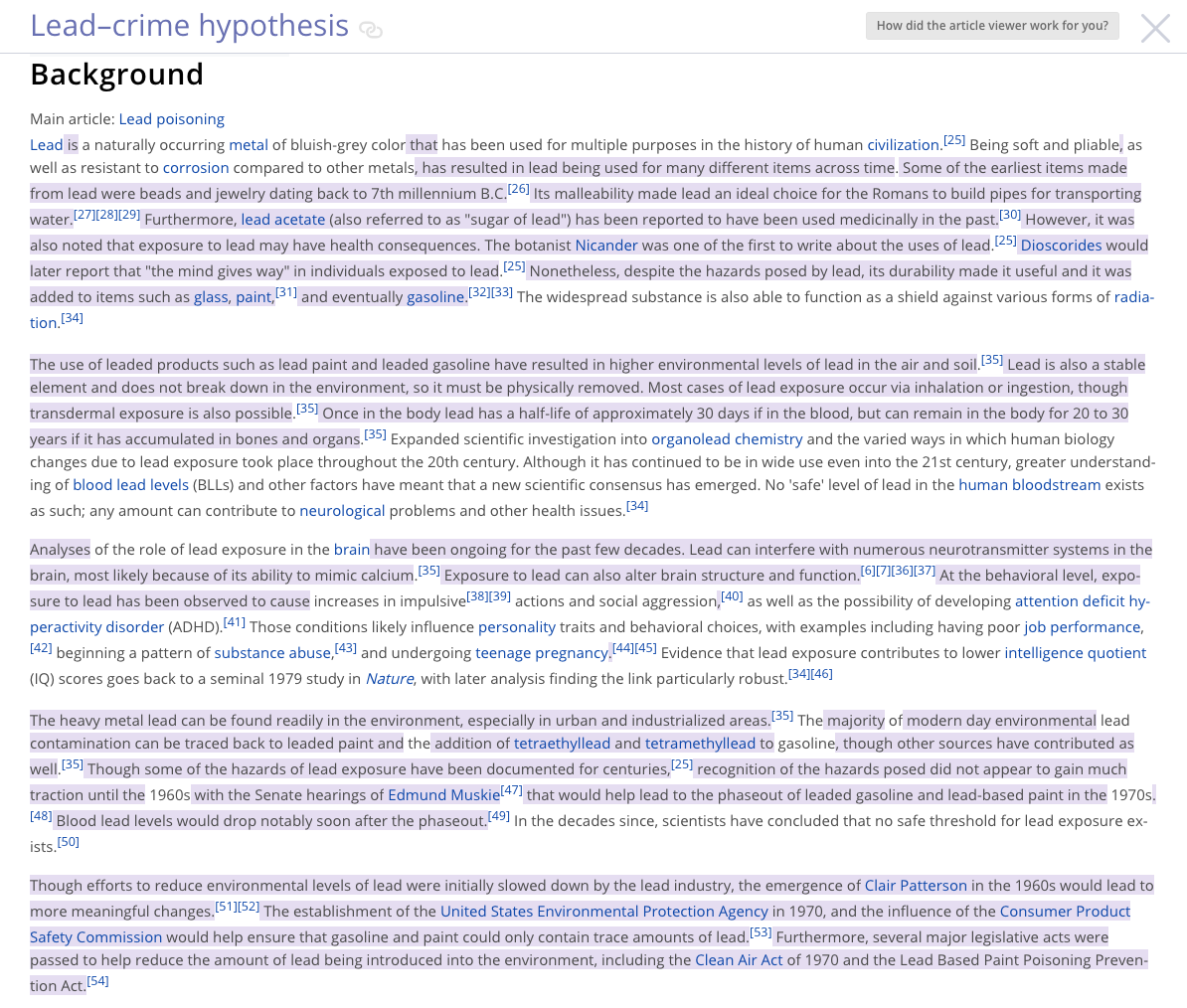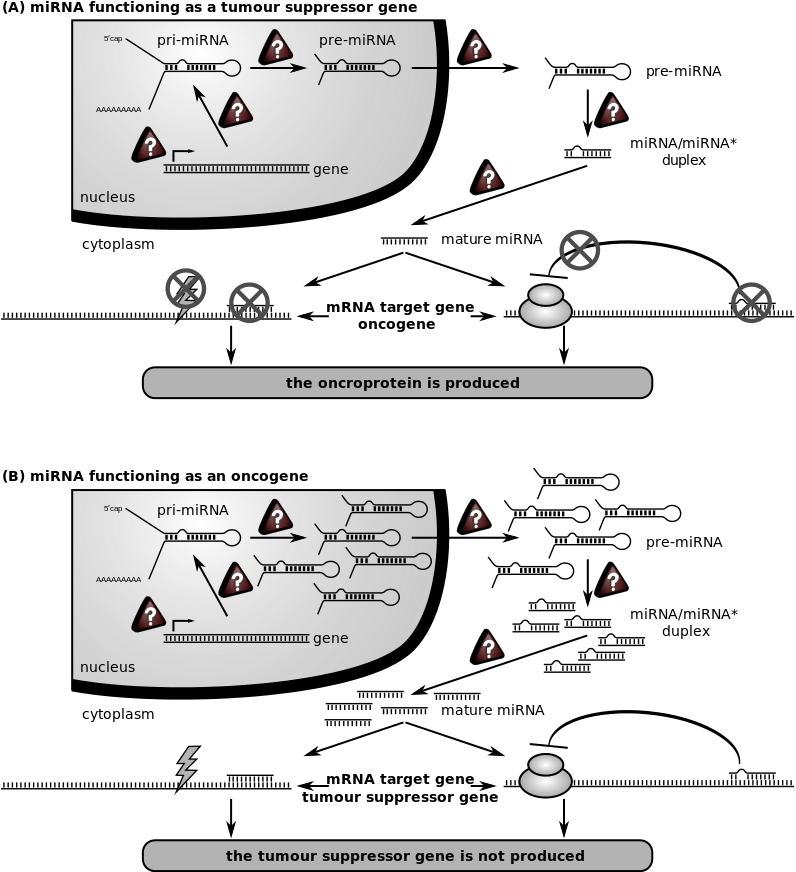Thais Morata and Erin Haynes at the University of Cincinnati recognize the importance of students having robust science communication skills. So last Fall 2018, they incorporated a Wikipedia writing assignment into their course where students could expand Wikipedia pages about science topics that were interesting to them.
The course, Communicating Your Science, “will enable students in scientific disciplines to develop the skills needed to explain their research to non-specialists and public audiences. Class sessions will address a variety of communication areas, including speaking and writing to lay audiences, reporting research results to community members, preparing briefings for policy-makers, and communicating with different media outlets.” *
The flexible nature of a Wikipedia assignment lets students guide their own research, find topics that they’re interested in, and ultimately make a difference for public knowledge about something they care about. Students are great “translators” of scientific information because they remember what it was like to learn about these complex topics for the first time. A Wikipedia assignment also offers students a great exercise in synthesizing information from a variety of sources.
In end of term presentations, students walked through their process for selecting topics to improve on Wikipedia and what they thought of the assignment. The class created and expanded quite a variety of topics by the close of the project.
One student set out to find a Wikipedia article that interested him and was also in need of improvements. He began his search at the article about lead. But seeing that it was a Featured Article (Wikipedia’s highest quality designation), he decided it wasn’t a good place to begin editing. He decided to get more specific, looking at the article for lead poisoning. Nope, that was a Good Article (the second highest quality designation on Wikipedia), so he likely couldn’t make a lot of meaningful contributions there. Looking at the “See also” section of the article for even more specialized topics, he found the article for the lead-crime hypothesis.
As this student expanded upon in the article, the lead-crime hypothesis is the theory that high lead rates in a community are responsible for high rates of crime in that same community. The theory developed after environmental policies were passed to reduce blood-lead levels in a local population. Children who grew up during the period of reduced lead-levels committed fewer crimes in young adulthood than had previous generations. The lead-crime hypothesis was born to explain the change.
In his presentation, the student explained that before he made changes, he saw that the article was lacking citations. “I set forth to add the necessary citations to the page, and then also identify information I could add without stepping on anyone’s toes.”

Wikipedia is naturally a collaborative space. Volunteers build off each other’s work, expanding upon and deleting previous content when new information comes along. Sometimes students feel intimidated to enter this community space, which has particular norms and expectations about what information makes it into the encyclopedia.
But once they get over the initial hurdles of making their first edits, many students find themselves feeling more confident about articulating course topics. And they feel a sense of pride having contributed both to a topic they care about and on a platform where their work can potentially be seen by millions.
The student added more than 4,000 words to the existing article about the hypothesis. “A lot of that is improving the background material, expanding on what they’d already said trying to tie everything together,” he shared. He also linked content within the article to other articles, thinking about the topic in the context of the larger fields of sociology and chemistry. Wikipedia writing is inevitably interdisciplinary that way.
By the time he was finished adding contributions over the period of the course, the article was deemed well-sourced enough that the warning template that had initially warned readers about flaws in the content could be removed.
“Overall, I liked this project. It was something I’d never done before,” he concluded.
Another student’s process for her Wikipedia writing assignment looked a bit different. As she shared in her final presentation about the project, she’s generally interested in “the role of microRNA in driving neurological disease, like fragile X syndrome and epilepsy.”
At first, she had trouble finding a Wikipedia article that fit her interests and needed improvements. A lot of microRNA topics she was finding had already been extensively covered. “Until I realized that there wasn’t a page for microRNA 324-5p, which is the major microRNA that I’m focusing on right now in my research.”
So the student started the Wikipedia article for MiR-324-5p. “It took a lot of research,” she said. “I went through the history, structure and targets, and its different functions. MicroRNAs have incredibly complex pathways; they interact with hundreds of molecules and proteins. So I wanted to compile all of that information.”
When reflecting on her goals at the start of the project, she said, “I wanted to add something new and to learn more about my own research in the process.”
2,500 words later, plus a helpful graphic she found on Wikimedia Commons, the article is accessible to Wikipedia’s millions of readers.

Image: File:Role of miRNA in a cancer cell.svg, Philippe Hupé, CC BY-SA 3.0, via Wikimedia Commons.
“I was able to put all that information in place for someone who is maybe encountering this topic for the first time. They can come in and read all about it, and go through the sequence without having to go through a bunch of databases.”
Wikipedia writing assignments are farther reaching than a traditional assignment, which might just be read by the instructor and filed away.
“The article has already been seen 246 times,” the student gushed. “I’m impressed.”
“And I linked in a bunch of articles. So for anything that was difficult or a science-y word, I put in a link for. And I also went back and linked some articles to this one, like epilepsy and other explorations of microRNA.”
Not only does the act of linking make the article more accessible to the general reader, but it requires critical thinking of the student making the links. Both students thought about their topic within larger frameworks of knowledge. They thought about how it relates to other topics, formed a mental web within their discipline, and thought across that web.
“I liked this assignment. It was an opportunity to learn about this new microRNA.”
And although she hasn’t had interactions yet on the new article’s Talk Page (where other volunteers can discuss changes to the content), the student mentions that she was thanked by another editor for her work. “That was nice.”
Interested in teaching with Wikipedia? Visit teach.wikiedu.org for everything you need to know to incorporate an assignment like this into your course.
